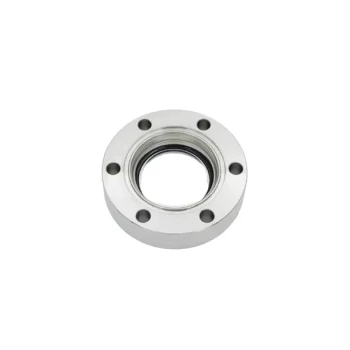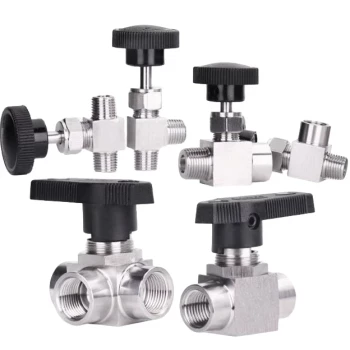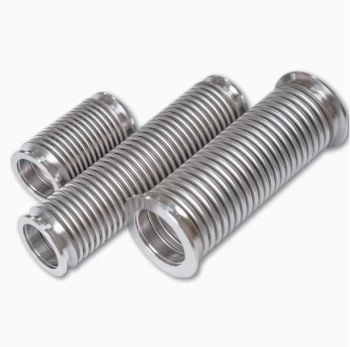Tube furnace cracking presents several technical challenges, primarily related to material limitations, process conditions, and operational efficiency. Key issues include the need for specialized high-temperature alloys to withstand harsh conditions, coking of heavy materials that reduces productivity, and the balance between cracking depth and raw material utilization. Advanced technologies like vacuum systems and efficient cooling can mitigate some challenges, but material selection and supplier reliability remain critical factors in optimizing tube furnace performance for cracking applications.
Key Points Explained:
-
High-Temperature Material Requirements
- Tube furnaces for cracking demand oil-resistant high-temperature alloy pipes due to extreme process conditions (high temperature, short residence time, low hydrocarbon partial pressure).
- Advanced cast pipe technology is essential to meet surface thermal strength requirements.
- Chemical compatibility is crucial; alumina ceramic tubes offer resistance to acids/alkalis but require verification for specific applications.
-
Coking Challenges with Heavy Materials
- Heavy feedstock coking shortens work cycles and reduces cracking depth, leading to:
- Lighter coking deposits
- Decreased productive furnace time
- Accelerated wear on furnace tubes and components
- This negatively impacts raw material utilization and increases low-value byproducts like heavy oil.
- Heavy feedstock coking shortens work cycles and reduces cracking depth, leading to:
-
Process Efficiency Trade-offs
- Lower cracking depth improves furnace lifespan but reduces yield efficiency.
- Vacuum technology (like in dental furnaces) could theoretically minimize bubbles/defects, but scaling for industrial cracking remains challenging.
- Efficient cooling systems (as seen in benchtop furnace designs) may help cycle times but must balance with thermal stress considerations.
-
Supplier and Technology Selection
- Reputable suppliers should provide:
- Proven experience with cracking applications
- Quality assurance for high-temperature components
- Technical support for installation/optimization
- Advanced deposition techniques like PECVD (used for protective films) suggest potential for innovative furnace coatings to reduce coking.
- Reputable suppliers should provide:
-
Operational Interface Considerations
- While user-friendly interfaces (touchscreen controls) improve usability, cracking processes require precise parameter control beyond basic sintering cycles.
- Customizable settings become critical when processing variable feedstock compositions.
Have you considered how integrating real-time coking monitoring could optimize the balance between cracking depth and furnace maintenance intervals? This remains an untapped opportunity in industrial furnace design.
Summary Table:
| Challenge | Impact | Potential Solutions |
|---|---|---|
| High-temperature material limits | Reduced durability, chemical incompatibility | Specialized alloys, alumina ceramic tubes |
| Heavy feedstock coking | Shorter cycles, lower efficiency, increased wear | Advanced coatings, real-time monitoring |
| Cracking depth vs. yield | Trade-off between furnace lifespan and productivity | Vacuum systems, optimized cooling |
| Supplier reliability | Risk of subpar components, lack of technical support | Partner with experienced suppliers (e.g., KINTEK) |
| Process control | Inconsistent results with variable feedstocks | Customizable furnace settings, precision heating elements |
Optimize your tube furnace performance with KINTEK’s advanced solutions!
Leveraging exceptional R&D and in-house manufacturing, KINTEK provides laboratories and industrial facilities with high-temperature furnace systems tailored for cracking applications. Our product line includes precision-engineered tube furnaces, vacuum systems, and custom heating elements designed to withstand extreme conditions while maximizing efficiency.
Contact us today to discuss how our deep customization capabilities can address your specific cracking challenges—from material selection to process optimization.
Products You Might Be Looking For:
High-temperature vacuum observation windows
Corrosion-resistant vacuum fittings
Precision vacuum valves
Molybdenum disilicide heating elements
High-power vacuum feedthroughs



















